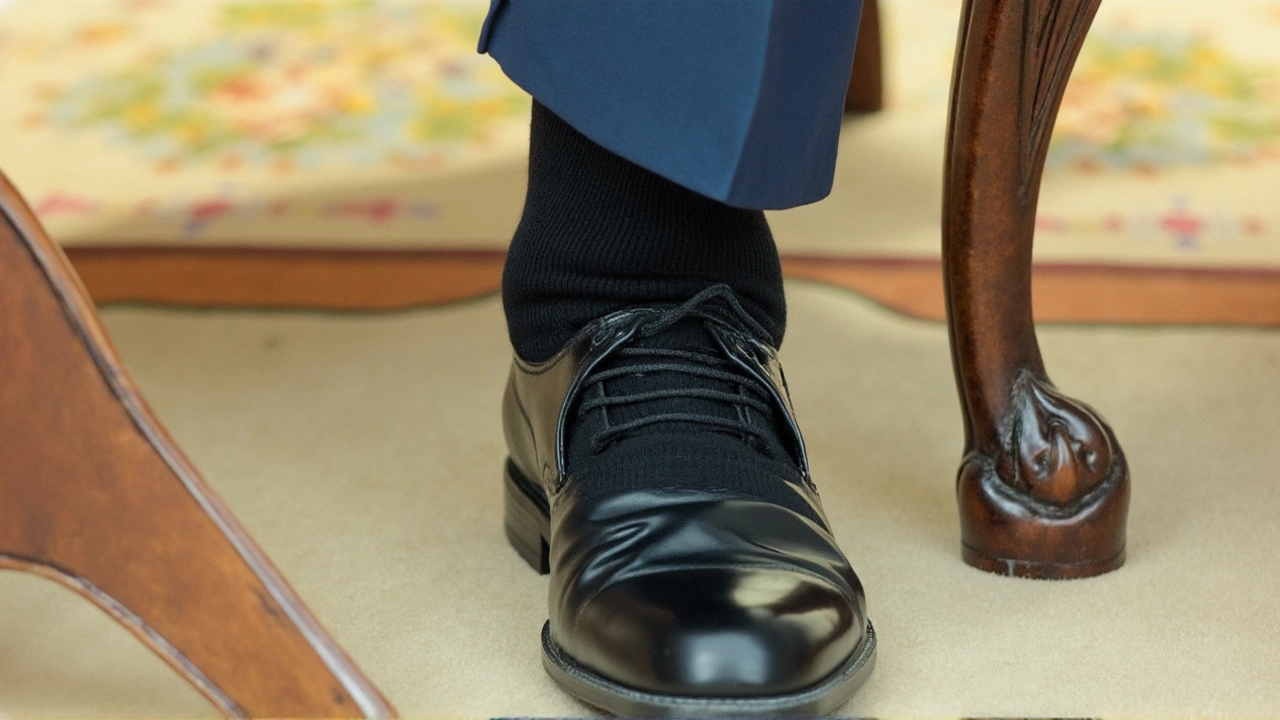Leg Swelling: What It Is and How to Deal With It
Ever notice your lower leg looking puffy after a long day on your feet? That’s leg swelling, also called edema. It happens when fluid builds up in the tissues around your ankle, calf, or thigh. The good news is most of the time it’s not serious and you can fix it at home.
Common Reasons Your Leg Gets Swollen
There are several everyday things that can make your leg puff up:
- Standing or sitting too long. When you stay in one spot, blood pools in your lower legs and fluid leaks into surrounding tissues.
- Injury or sprain. A twist or bump can cause the body to send extra fluid to protect the area.
- Heat. Hot weather makes blood vessels expand, which can increase fluid leakage.
- Salt overload. Eating a lot of salty foods makes your body hold onto water.
- Pregnancy. Hormones and extra blood volume often cause swelling in the legs.
If you have a health condition like heart failure, kidney disease, or a blood clot, swelling could be a warning sign. In those cases, see a doctor.
How to Spot Swelling Early
Look for these signs:
- Skin looks shiny and stretched.
- Pressing the skin leaves a dent that takes a few seconds to disappear.
- Leg feels tight or heavy.
- Discomfort when you walk or stand.
When you notice swelling, act fast. The longer fluid stays, the harder it is to get rid of.
Simple Ways to Reduce Swelling Right Now
Try these quick fixes:
- Move around. Take a short walk or do ankle circles every hour.
- Elevate your leg. Prop it up on pillows so it’s above heart level for 15‑20 minutes.
- Wear compression socks. They gently squeeze the leg and help fluid flow back up.
- Drink water. Staying hydrated tells your body not to hold onto extra water.
- Cut the salt. Aim for less than 2,300 mg per day, and avoid processed snacks.
These steps work for most minor swelling cases.
When to Seek Professional Help
If swelling comes with any of these, call a health professional:
- Sudden, severe pain.
- Redness, warmth, or heat over the swollen area.
- Shortness of breath or chest pain.
- Swelling only on one leg.
- Signs of infection, like fever.
These could mean a blood clot or infection, which need prompt treatment.
Preventing Future Swelling
Keep swelling at bay by making a few habits stick:
- Take breaks to stretch if your job keeps you seated.
- Stay active with regular walks, cycling, or light jogging.
- Keep a healthy weight – extra pounds put more pressure on your legs.
- Choose low‑salt meals and add potassium‑rich foods like bananas.
- Check your shoes – tight footwear can restrict blood flow.
Making these tweaks will reduce how often your legs feel puffy.
Leg swelling is common, but you don’t have to live with it. Spot it early, use these easy home tricks, and know when to get medical advice. With a bit of awareness, you can keep your legs feeling light and comfortable.




